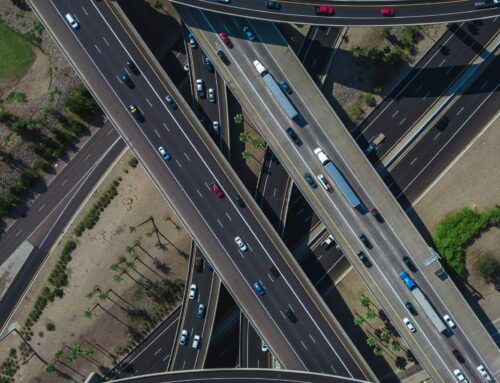Sometimes, it doesn’t pay to be right. Last year, we projected that government subsidies could make up a near-unprecedented 50 percent of net farm income. Unfortunately, we were right (if you round 48 percent to 50). Not only was the share of farm household income coming from government subsidies nearly unprecedented (second only to 65 percent of net farm income comprised of agriculture subsidies in 1983), but 2020 agriculture subsidies – $47.4 billion – established a new record.
For taxpayers, this is not something to celebrate…
Federal subsidies in response to claimed effects from the COVID-19 crisis fueled much of the record level of government subsidies to agriculture last year. Specifically, supplemental and ad hoc disaster supports made up $31.5 billion, or two-thirds of all payments in 2020. The other one-third came from Farm Bill authorized subsidy– shallow loss payments, price supports, permanent disaster programs, conservation payments, and more. While some payments to certain sectors of agriculture were warranted given the unprecedented disruptions from COVID-19 last year, many subsidies simply lined the pockets of large landowners who did not need taxpayer support.
This year, USDA-ERS expects government payments to total $28 billion, still 50 percent higher than the last ten-year average. Agriculture subsidies are expected to make up 25 percent of net farm income in 2021 even though agriculture, like other industries, has had time to adjust to the COVID-19 pandemic and its economic impacts. In fact ERS anticipates crop and livestock sales will rise $64.3 billion (18 percent) compared to 2020 and more than offset increased production costs.
| Farm Income and Government Payments, in Real Dollars (USDA-ERS) | ||
| 2020 | 2021 | |
| Total government payments | $47 billion | $28 billion |
| Net farm income | $98 billion | $113 billion |
| % of net farm income from government payments | 48 percent | 25 percent |
Some sectors of agriculture projected major doom and gloom last year for commodity markets. However, certain commodity prices actually increased in 2020, and some industries fared better than expected. Net farm income in 2020 actually rose as compared to 2019, and it is expected to increase to $113 billion this year – the highest level since 2013.
Unfortunately, USDA-ERS’s farm income update is bad news for taxpayers. While 2020 was a year to remember for sure, the level of government intervention in agriculture – not to mention the taxpayer dollars spent on this intervention – was too much to stomach. Instead of increasing dependence on federal subsidies, the federal government should help farmers and ranchers become more resilient to future economic downturns and disasters, which are increasingly intensified by climate change. Congress and the Administration should reform the federal farm safety net to increase its cost-effectiveness, transparency, accountability, and responsiveness to current and future needs.










